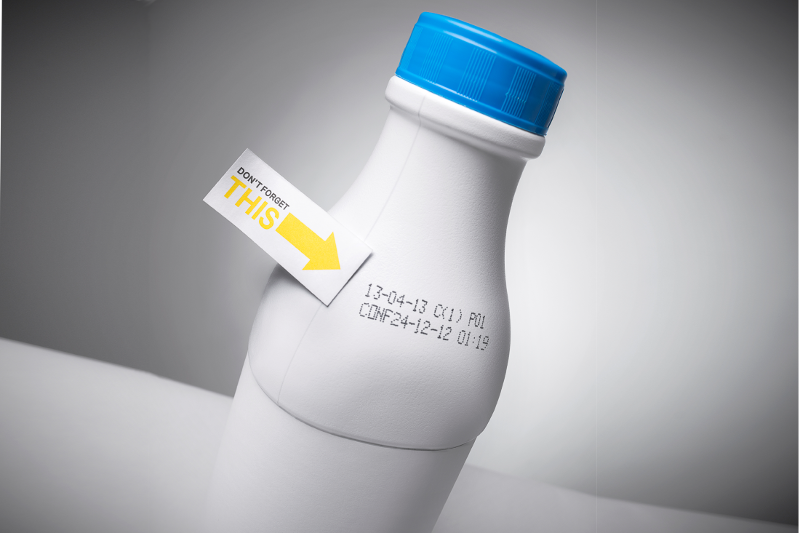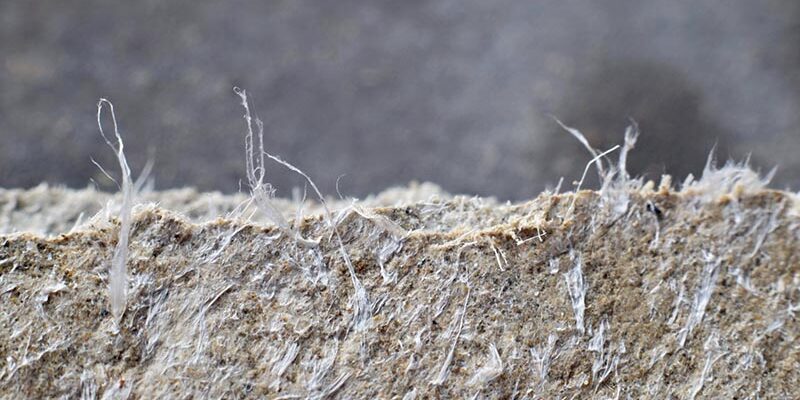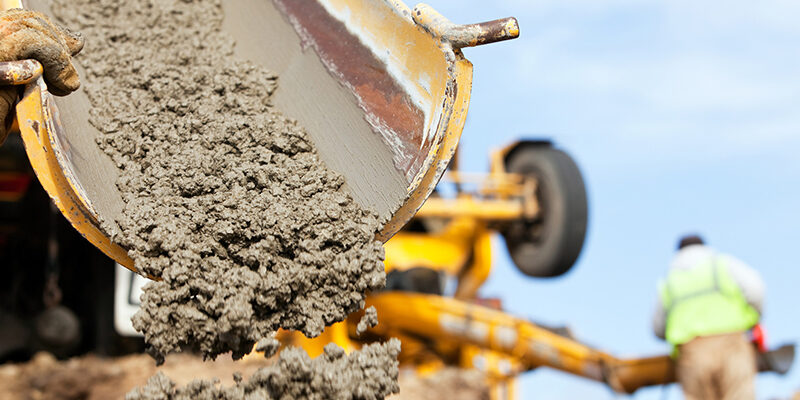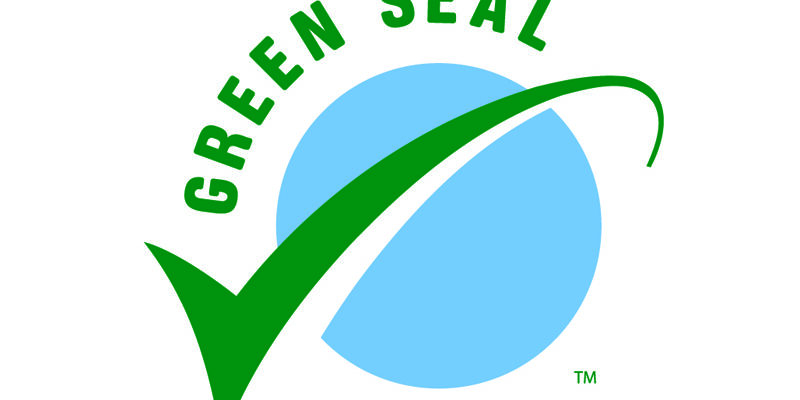How Long Do Cleaning Products Last?

Many food items now have what are called product dates on them. These dates indicate that the product is “best if used by” or should be “used by” or “sold by” a certain date — it’s shelf life.
In most cases, these dates are posted voluntarily by the manufacturer to help the purchaser know the time limit to purchase or use the product at its best quality.
Product dates have proven to be very helpful for both manufacturers and distributors. According to Michael Wilson, vice president of marketing for AFFLINK, a sales and marketing organization for professional cleaning and related industries, distributors should advise their clients that some cleaning solutions and other products may also have a shelf life (product dates) — which refers to the length of time an item is considered usable, fit for consumption or saleable — that should be considered.
For instance, Wilson suggests the following products often have a shelf life that can impact their effectiveness:
- Low-speed floor machines and burnishers can last for years. While they can be repaired, automatic scrubbers may need to be replaced after five to seven years depending on how often they are used.
- Similarly, portable carpet extractors can be repaired but after five to seven years, replacing the machine with a new portable should be considered.
- While it can vary significantly depending on use, a commercial vacuum cleaner should last three to five years before it may need to be replaced.
- If the container has been opened, most floor finishes should be used within six months. If not opened, they should remain effective for up to two years; the same is usually true of other floorcare products.
- Often chemicals are manufactured with mildew and bacteria inhibitors. However, with heat, and if diluted with water, these inhibitors can lose their effectiveness. If kept at moderate temperatures and undiluted, these products should last a year or more. However, if exposed to heat and if diluted, it is best not to use the product after three to six months.
- Chemicals such as oxidizers, reducers or anything with “oxi” ingredients listed on the label should be used within one year; however, light can impact the shelf life of these products, which is why we see hydrogen peroxide in pharmacies sold in dark bottles. Additionally, heat can reduce the product’s shelf life.
- Products in powdered form, especially those made for use by carpet cleaning technicians, will invariably have a longer shelf life than comparable liquids.
- Most bleach-based disinfectants have a shelf life of about one year “assuming the bleach is stored at a constant, moderate temperature (about 70 degrees Fahrenheit); warmer or colder than this can impact the products’ effectiveness.”
- Bleach should be replaced if not used after six months.
- Most furniture polishes have a life expectancy of two years.
- Hydrogen peroxide, if unopened, should last one year; if opened it should be replaced after 60 to 90 days.
- Storage time should not impact microfiber products, but their usable life depends upon care. As long as microfiber products are not washed with fabric softeners or detergents with fabric softeners or dried at high temperatures, they can last more than 100 washings. “However, if they begin to darken or discolor before then, they likely should be disposed of.”
- Window cleaner should be effective for about two years.
- All-purpose cleaners begin to lose their effectiveness after two years.
- Antibacterial cleaners have a shelf life of about one year, however if the product is diluted or exposed to extreme temperature, the shelf life will likely be shorter.
- Most metal polishes should be replaced after two years.
- Unopened laundry detergent will start to degrade at about nine months; if opened, shelf life is only about six months.
- Lysol cleaning products tend to remain effective for about two years.
- Spray air fresheners lose effectiveness after about about two years.
“In most cases, consider [properly] disposing of any cleaning solution if it has not been used for more than two years,” says Wilson. “After that, chemical ingredient ‘stability’ issues can develop, causing the ingredients to deteriorate or decompose, negatively impacting their effectiveness.”
Robert Kravitz is a frequent writer for the professional cleaning and carpet cleaning industries.












